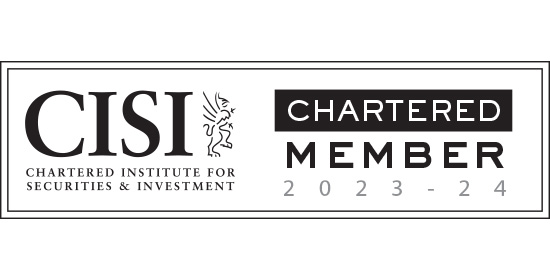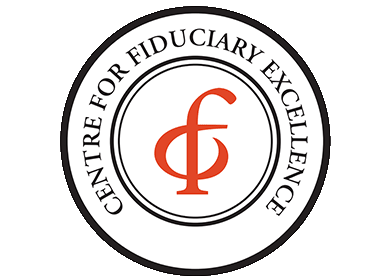Although the rules relating to nil rate bands can be a complex aspect of inheritance tax, it can offer significant opportunities to help mitigate potential tax due.
What is the nil rate band?
The nil rate band (NRB), also known as the inheritance tax (IHT) threshold, is the amount up to which an estate has no IHT to pay.
Each person’s estate can benefit from the NRB and It’s possible to transfer any unused percentage of the inheritance tax nil rate band from a deceased spouse or civil partner to the surviving spouse or civil partner. Regardless of domiciled status, every individual is entitled to the full NRB
A formal claim process is in place when the surviving spouse dies and not when the first spouse dies. Where there has been more than one marriage, the survivor’s NRB can never be increased by more than 100%. Records should be kept after first death to support the subsequent transferable NRB claim
What is the Residential nil rate band?
If someone dies on or after 6 April 2017 and their estate is above the basic inheritance tax threshold the estate may be entitled to an additional threshold before any inheritance tax becomes due. This is known as the residential nil rate band (RNRB). The extra amount for 2017 to 2018 is up to £100,000.
The maximum available amount will go up yearly.
£125,000 in 2018 to 2019£150,000 in 2019 to 2020£175,000 in 2020 to 2021
For later years, the threshold will go up in line with inflation based on the Consumer Prices Index.
So essentially the new RNRB will be added to the existing £325,000 IHT threshold, The figures are per person, so a couple may benefit from double the allowance. Meaning the total tax-free allowance for a surviving spouse or civil partner will be up to £850,000 in 2017-18, and up to £1 million in 2020-21.
The RNRB value is limited to the lower of the value of the property left to direct descendants or the total RNRB available. The RNRB is applied to the estate first and then the nil rate band (currently £325,000) is applied. If the value of the property is less than the RNRB the balance cannot be offset against other assets in the estate.
For the purposes of the new nil-rate band, ‘direct descendants’ include the spouse or civil partner, children, step-children, adopted children, foster children, and any lineal descendants.
In order to qualify, you must own a property or a share in a property that you have lived in at some stage, and that you leave to your direct descendants. The new allowance will be limited to one residential property.
Personal representatives will, however, be able to nominate which residential property should qualify if there is more than one in the estate. A property that was never a residence of the deceased, such as a buy-to-let property, will not qualify
It is however important to note that for estates valued over £2 million, the RNRB is reduced at the rate of £1 for every £2 over £2 million.
Although no formal claim is required, HMRC will need details of the amount due and supporting information on the IHT return following a death. A claim will however be necessary to transfer any unused RNRB from the estate of a deceased spouse or civil partner. The personal representatives of the survivor must make this claim within two years of the end of the month in which the person dies. In addition, a claim will be required for any additional RNRB as a result of downsizing / disposal before death.
You can check to see what RNRB you may be entitled to here:
https://www.tax.service.gov.uk/calculate-additional-inheritance-tax-threshold
The terms of your will can affect the ability to claim the RNRB, so it is important to review your will now (or make one if you have not already done so) to make sure that your family can claim the RNRB when you or your spouse or civil partner die.
Find out how we can help you
If you would like to understand more about this topic get in touch
Related posts
- Published On: April 19, 2023|2.5 min read|
How Does a Financial Adviser Add Value?
Financial advisers can be valuable resources for individuals seeking to manage their money and achieve their financial goals. While many people believe that financial advisers simply provide investment advice, they actually offer a range of services that can help their clients achieve financial success. In this blog, we’ll explore how financial advisers add value and the benefits they can offer.
Read more












